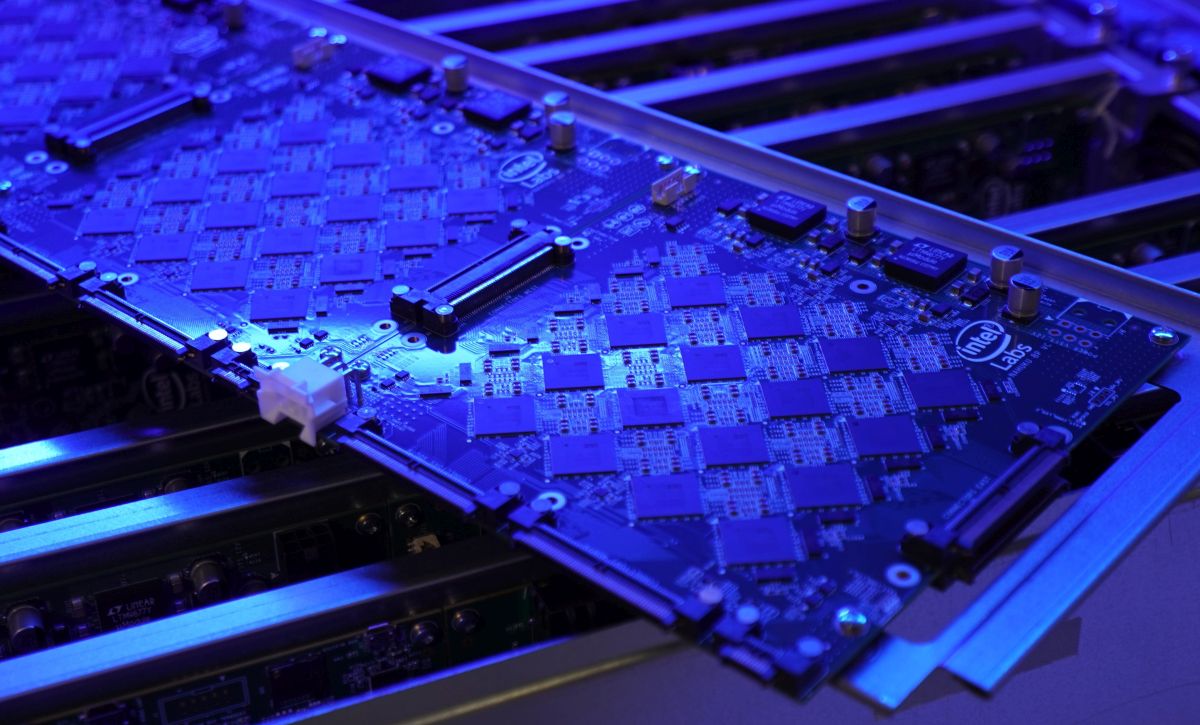Intel Shows Off Pohoiki Springs Neuromorphic Research System
Earlier today, Intel announced the general readiness of Pohoiki Springs, its latest neuromorphic research system. Designed for Intel’s Neuromorphic Research Community (INRC), the research system is powered by the semiconductor maker’s Loihi neuromorphic research chip.
Originally announced back in July 2019, Intel says that Pohoiki Springs is integrated with 768 Loihi neuromorphic chips within a chassis that is the equivalent of five standard servers. In regards to the chip’s performance, Intel says Loihi is capable of processing specific workloads 1000 faster and 10000 times more efficiently than a typical processor. Not surprising, given the daunting tasks it was designed to undertake.
Breaking down Loihi further, the chip is based on Intel 14nm die lithography, contains over 2 billion transistors, 130000 artificial neurons, a whopping 130 million synapses, and three Lakemont cores for orchestration.

For the uninitiated, neuromorphic engineering or neuromorphic computing is a concept that uses electronic circuits to mimic the neuro-biological architecture of a nervous system. To be clear, the concept isn’t just limited to the human nervous system and can be used to mimic the nervous system of any biological being (e.g. rats, birds, insect, etc).
As you can imagine, Pohoiki Springs is not for the general user and Intel says that it definitely isn’t designed to replace conventional computing systems. Again, the system was created to both help and enable researchers to build new “neuro-inspired” algorithms.
(Source: Intel, Venture Beat // Image: Intel)
The post Intel Shows Off Pohoiki Springs Neuromorphic Research System appeared first on Lowyat.NET.
from Lowyat.NET https://ift.tt/3a4bZVZ
Labels: Lowyat
0 Comments:
Post a Comment
Subscribe to Post Comments [Atom]
<< Home